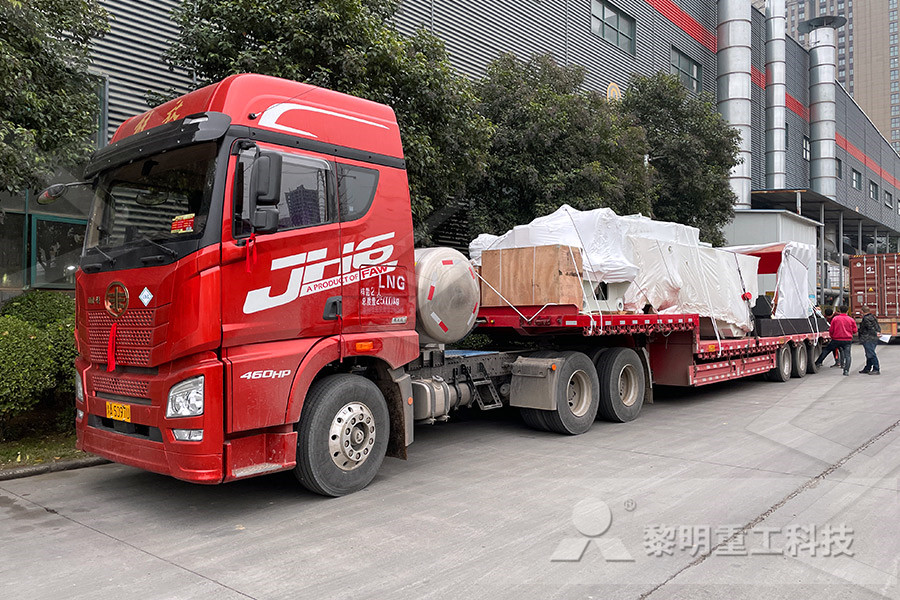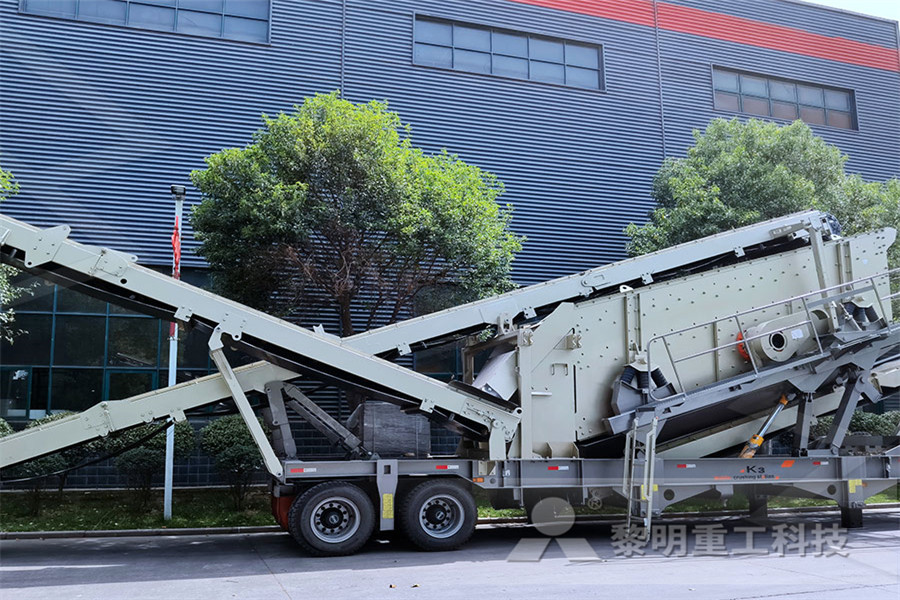
Atmospheric leaching of copper flotation concentrate
keywords: leaching, copper, sulphuric acid, industrial concentrate, galvanic interactions 1 Introduction The application of modern hydrometallurgy, well known and already approved in the world for copper recovering, becomes an urgent necessity in Polish copper industry to reverse unfavorable trends in flotation results (decreasing concentrate Abstract: Copper smelter slag and copper smelter slag flotation tailings were leached using sulphuric acid solutions, without or with the addition of either ferric sulphate or hydrogen peroxide Copper extraction from the slag was typically found to be twice as high as that from the slag flotation tailingsRECOVERY OF COPPER FROM COPPER SLAG AND Copper smelter slag and copper smelter slag flotation tailings were leached using sulphuric acid solutions, without or with the addition of either ferric sulphate or hydrogen peroxide Copper extraction from the slag was typically found to be twice as high as that from the slag flotation tailings Hydrogen peroxide was determined to be the best lixiviant[PDF] Recovery of copper from the copper slag and Metallurgical ContentAcid Leaching Process FlowsheetCHEMISTRY OF COPPER DISSOLUTIONPREPARATION OF THE COPPER ORESTORAGE AND FEEDING THE ORECOPPER LEACHINGCHARGING THE TANKSCOPPER PRECIPITATIONACID SUPPLYPRODUCTION OF SULPHURIC ACID The treatment of copper ores, both oxides and sulfides by means of flotation, hydrometallurgy or other processes has been well established for many years Flotation Acid Leaching Copper Ore Treatment Method oxidised copper (24% Cu) and cobalt (13% Co) [1,2] The lack of response of CuCo oxide minerals during flotation [3] implies that heap or vat leaching should be considered for these ores In industrial heap or vat operations, sulphuric acid is commonly used to leach copper from oxide minerals such as malachite (CuCO 3Cu(OH) 2), azurite LEACHING OF A CuCoORE FROM CONGO USING

Investigation of the optimal technology for copper
This work aimed to investigate optimal leaching technology for copper extraction from old flotation tailings of the Copper Mine Bor The leaching degree of copper after leaching with sulphuric acid at 80 °C was 50%, the maximal leaching degree was achieved after 30 minutes Then, old flotation tailings were leached with adapted moderately thermophilic acidophilic bacteria in a bioreactor at initially postulated that these ‘refractory’ copper minerals were oxide minerals and an acid solubility test was performed after fine griding in an attempt to validate this hypothesis It is known that oxides tend to dissolve in dilute sulphuric acid more readily while sulphides are refractory to acid Optimization of the flotation of copper smelter slags from Sulphuric acid is employed occasionally as a modifying reagent, but its use is steadily decreasing, being confined chiefly to the treatment of lead and zinc ores There are, however, one or two ores containing sulphide copper minerals which need an acid circuit for successful flotationThe Importance of pH in Flotation 911 Metallurgist Oxide copper ore, mixed oxidesulphide ores and lowgrade copper sulphide ore, which, for economic reasons, cannot be enriched by flotation, may be processed by leaching methods Agents for leaching copper can be acid, base, or salt solutions Of all of these agents, sulphuric acid LEACHING OF LOWGRADE COPPER ORES: A CASE Metal recovery studies have been focused mainly on leaching processes using ferric chloride with or without prior reduction [1,2], sulphuric acid with or without pressure [35], ferric sulphate [6], ammonia [6,7] and cyanide [8,9] Copper recovery through slag flotation has also been investigated [10]Metal recovery from copper converter slag by

Copper LPF Leach Precipitation and Flotation Process
However, the leach precipitationflotation process, commonly referred to as LPF, was shown to be economically feasible Basically, the LPF process consists of dissolving the oxidized copper minerals with sulphuric acid and precipitating the copper as a metallic sponge which responds to flotationWhat I claim as my invention is 1 A process for the flotation recovery of copper values from ores containing copper values in the form of at least one sulphide copper mineral and at least one sulphuric acid soluble copper mineral using a sulfhydryl anionic collector comprising: subjecting a pulp of the ore to acid treatment by conditioning the pulp with addition of an acid agent, the acid FLOTATION OF COPPER ORES WESTON D,CACopper smelter slag and copper smelter slag flotation tailings were leached using sulphuric acid solutions, without or with the addition of either ferric sulphate or hydrogen peroxide Copper extraction from the slag was typically found to be twice as high as that from the slag flotation tailings Hydrogen peroxide was determined to be the best lixiviant[PDF] Recovery of copper from the copper slag and copper ASCu Acid soluble copper Determined by digesting a copper containing sample in a 10 % Sulphuric acid solution AiCu Acid insoluble copper Determined as the difference between total copper and acid soluble copper Association Relative measure of the surface area in contact between two minerals BSE Back scattered electronsA study of the flotation characteristics of a complex initially postulated that these ‘refractory’ copper minerals were oxide minerals and an acid solubility test was performed after fine griding in an attempt to validate this hypothesis It is known that oxides tend to dissolve in dilute sulphuric acid more readily while sulphides are refractory to acid Optimization of the flotation of copper smelter slags from

LEACHING OF A CuCoORE FROM CONGO USING
oxidised copper (24% Cu) and cobalt (13% Co) [1,2] The lack of response of CuCo oxide minerals during flotation [3] implies that heap or vat leaching should be considered for these ores In industrial heap or vat operations, sulphuric acid is commonly used to leach copper from oxide minerals such as malachite (CuCO 3Cu(OH) 2), azurite Metallurgical ContentAcid Leaching Process FlowsheetCHEMISTRY OF COPPER DISSOLUTIONPREPARATION OF THE COPPER ORESTORAGE AND FEEDING THE ORECOPPER LEACHINGCHARGING THE TANKSCOPPER PRECIPITATIONACID SUPPLYPRODUCTION OF SULPHURIC ACID The treatment of copper ores, both oxides and sulfides by means of flotation, hydrometallurgy or other processes has been well established for many years Flotation Acid Leaching Copper Ore Treatment Method both analytical grade sulphuric acid and sodium hydroxide were used as pH modifiers For each test freshly prepared reagent solutions were used Distilled water was used in all flotation experiments Fig1 Xray diffraction pattern of the nickelcopper sulphide ore sample Table 1Flotation of NickelCopper Sulphide Ore: Optimisation of dissolution of the copper with sulphuric acid, (2) preci pitation of the dissolved copper in the ore pulp by iron, (3) flotation of the cement copper and any sulphides pres ent from the ore pulp This method is metallurgieally satisfactory but in many eases the high cost of acid limits its use 4 Qaudim, A M,, Flotation, 1932, McGrawHill Experimental work involving the flotation of chrysocolla of the copper leaching process can save human labour and time Leaching of copper from chalcopyrite concentrate using sulphuric acid and sodium nitrate as an oxidant was tested, and the influence of temperature, particle size, stirring speed and concentrations of sulphuric acid and sodium nitrate were evaluatedCopper leaching from chalcopyrite concentrate by

FLOTATION OF COPPER ORES WESTON D,CA
What I claim as my invention is 1 A process for the flotation recovery of copper values from ores containing copper values in the form of at least one sulphide copper mineral and at least one sulphuric acid soluble copper mineral using a sulfhydryl anionic collector comprising: subjecting a pulp of the ore to acid treatment by conditioning the pulp with addition of an acid agent, the acid ASCu Acid soluble copper Determined by digesting a copper containing sample in a 10 % Sulphuric acid solution AiCu Acid insoluble copper Determined as the difference between total copper and acid soluble copper Association Relative measure of the surface area in contact between two minerals BSE Back scattered electronsA study of the flotation characteristics of a complex Metallurgical ContentAcid Leaching Process FlowsheetCHEMISTRY OF COPPER DISSOLUTIONPREPARATION OF THE COPPER ORESTORAGE AND FEEDING THE ORECOPPER LEACHINGCHARGING THE TANKSCOPPER PRECIPITATIONACID SUPPLYPRODUCTION OF SULPHURIC ACID The treatment of copper ores, both oxides and sulfides by means of flotation, hydrometallurgy or other processes has been well established for many years Flotation Acid Leaching Copper Ore Treatment Method initially postulated that these ‘refractory’ copper minerals were oxide minerals and an acid solubility test was performed after fine griding in an attempt to validate this hypothesis It is known that oxides tend to dissolve in dilute sulphuric acid more readily while sulphides are refractory to acid Optimization of the flotation of copper smelter slags from The copper oxide ore is high oxidation ratio and the high combination ratio with a low grade of Cu 071% Copper concentrate of Cu 1502% with a recovery of 3855% was obtained by flotation The optimum acid leaching conditions were investigated Effects of lixiviant concentration, solidtoliquid ratio, leaching time were investigated The acid leaching efficiency was 7875% relative to Recovery Cu from a Copper Oxide Ore by Flotation

Sulphuric acid leaching of zinc and copper from Nigerian
Sulphuric acid leaching of zinc and copper from Nigerian Complex sulphide ore also be catalyzed into hydroxyl radicals, which are extremely reactive The dissolution of ores using sulphuric acid in conjunction with hydrogen peroxide has been studied and This work aimed to investigate optimal leaching technology for copper extraction from old flotation tailings of the Copper Mine Bor The leaching degree of copper after leaching with sulphuric acid at 80 °C was 50%, the maximal leaching degree was achieved after 30 minutes Then, old flotation tailings were leached with adaptedINVESTIGATION OF THE OPTIMAL TECHNOLOGY FOR Oxide copper ore, mixed oxidesulphide ores and lowgrade copper sulphide ore, which, for economic reasons, cannot be enriched by flotation, may be processed by leaching methods Agents for leaching copper can be acid, base, or salt solutions Of all of these agents, sulphuric acid LEACHING OF LOWGRADE COPPER ORES: A CASE May be used with sulphuric acid in flotation of nonmetallics in place of hydrofluoric acid Ilmenite and fluorspar flotation Sodium Hydrosulphide: Light yellow crystalline solid approx 72% NaHS Sodium sulphydrate 510% solution 5 to 10: Sulphidizing agrent used in place of and at times more effective than sodium sulphide Sodium Hydro Flotation Reagents 911 MetallurgistThe flotation process is mainly used to process pulse gold ore Extraction of gold by flotation process can also be used to process gold alluvial, but since it can be economically recovered by the low cost gravity extraction process The ore sample 40 g dried at 105±5 °C was added to 120 cm3aqueous sulphuric acid solution at room 「processing of sulfuric ore by flotation concentrate